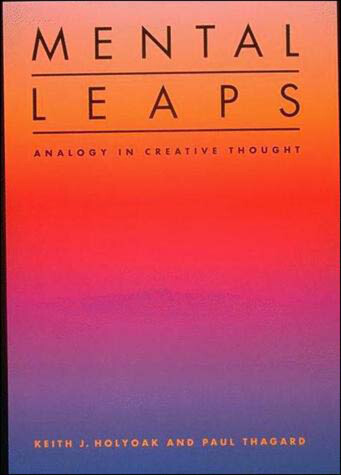MIT Press
2 total works
Holyoak and Thagard present their own theory of analogy, considering its implications for cognitive science in general, and survey examples from many other domains. These include animal cognition, developmental and social psychology, political science, philosophy, history of science, anthropology, and literature.
Understanding how we draw analogies is important for people interested in the evolution of thinking in animals and in children; for those whose focus is on either creative thinking or errors of everyday reasoning; for those concerned with how decisions are made in law, business, and politics; and for those striving to improve education. Mental Leaps covers all of this ground, emphasizing the principles that govern the use of analogy and keeping technical matters to a minimum.
A Bradford Book

